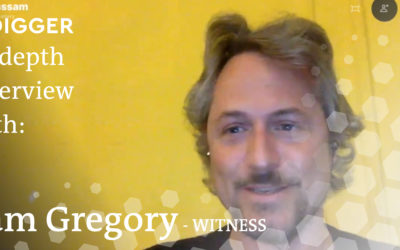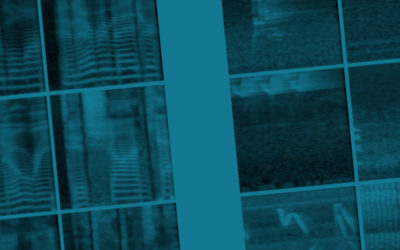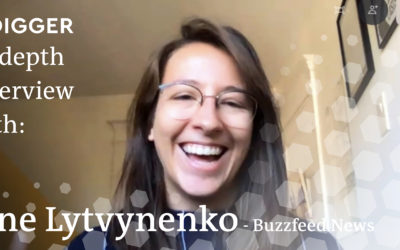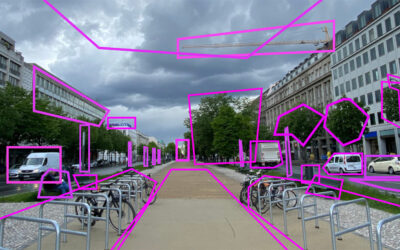Sam Gregory is Program Director of WITNESS, an organisation that works with people who use video to document human rights issues. WITNESS focuses on how people create trustworthy information that can expose abuses and address injustices. How is that connected to deepfakes?
All sorts of video manipulation
All sorts of video manipulation
What is the difference between a ‘face swap’, a ‘speedup’ or even a ‘frame reshuffling’ in a video? At the end of the day they all are manipulations of video content. We want to have a closer look into the different kinds of manipulations – whether it are audio changes, face swapping, visual tampering, or simply taking content out of context.
In Digger we look at synthetic media and how to detect manipulations in all of its forms.
This is not a tutorial on how to manipulate video. We want to highlight the different technical sorts of manipulation and raise awareness so that you might recognise one it crosses your path. Let’s start with:
Tampering of visuals and audio
Do you remember the Varoufakis finger?! Did he show it, or didn´t he?
This clip has been manipulated by pasting in a layer of an arm of another person. It is possible to crop and add any element in a video.
As well as deleting specific parts of audio tracks in a speech or conversation to mislead you. Be careful, also background noises can be added to change the whole context of a scene. Therefore it is important to find the original version so you can compare the videos with each other.
Synthetic audio and lip synchronisation
Imagine you can say anything fluently in 7 different languages, like David Beckham did?
It is incredible but the larger part of his video is completely synthetic. They created a 3D model of Beckham´s face and reanimate that. That means that a machine learned what David looks like, how he moves when speaking in order to reproduce David saying anything in any language. One tip by Hany Farid: Detect mouth and lip movements and compare them with your own human behaviour. This is one example for English speaking lip movements.
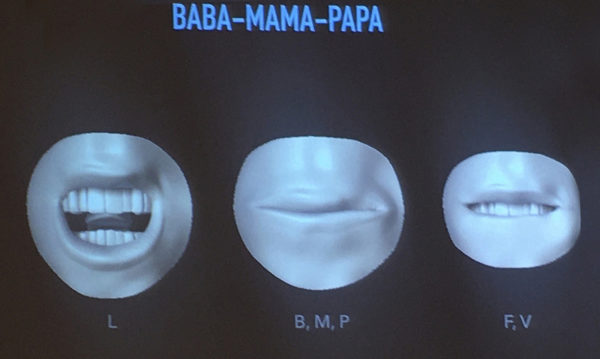
Cloned voices are already offered online, so make sure you search for the original version (yes, again), trusted media reports or try and get access to an official transcript if it was a public speech.
Shallowfakes or Cheapfakes
Just by slowing down or speeding up a video the whole context can change. In this example the speed of the video has been lowered. Nancy Pelosi, US Speaker of the House and Democrats Congresswoman, seems to be drunk in an interview.
In order to correct the lower voice the pitch of the voice has been turned up. All this effort was made to make you believe that Nanci Pelosi was drunk during an interview.
In the case of Jim Acosta part of a video has been sped up in order to suggest that he is making an aggressive movement in the situation where a microphone is being taken away from him.
It shows that also non-hightech manipulations can do harm and be challenging to detect . How can you detect low-tech manipulations? Again, find the original and compare. Try playing around with the speed in your own video player for example with the VLC player.
Face swap or Body swap
Imagine dancing like Bruno Mars or Beyonce Knowles without any training, a dream comes true.
This highly intelligent system captures the poses and motions of Bruno Mars and maps them on the body of the amateur. Copying dance moves, arms and legs, torso and head all at once is still challenging for artificial intelligence. If you focus on the details you will be able to see the manipulation. It’s still far from perfect, but it’s possible and just a matter of time till the technology is trained better.
Synthetic video and synthetic voice
You can change and tamper videos and audio, but what happens when you do all of it in one video? When you would be able to generate video completely synthetically? One could recreate a person who died already many years ago. Please meet Salvador Dalí anno 2019:
Hard to believe, right? Therefore, always ask yourself if what you see could be true. Check the source and search for more context on the video. Maybe a trustworthy media outlet already reported about it. If you cannot find anything, just do not share it.
The Liar´s Dividend
We also need to be prepared that people might claim that a video or audio is manipulated which actually isn’t. This is called “The Liar´s Dividend”.
If accused of having said or done something that he/she said or did, liars may generate and spread altered sound or images to create doubt or even say the authentic footage is a deepfake.
Make sure you have your facts checked. Ask colleagues or experts for help if needed and always watch a video more than twice.
Have you recently watched a music video? Musicians seem to be among the first professional customers for the deepfake industry. Have a look, this is where the industry is currently being built up.
Did we forget techniques for video manipulation? Let us know and we will add it to our collection in this article.
The Digger project aims:
- to develop a video and audio verification toolkit, helping journalists and other investigators to analyse audiovisual content, in order to be able to detect video manipulations using a variety of tools and techniques.
- to develop a community of people from different backgrounds interested in the use of video and audio forensics for the detection of deepfake content.
Related Content
In-Depth Interview – Sam Gregory
Audio Synthesis, what’s next? – Parallel WaveGan
The Parallel WaveGAN is a neural vocoder producing high quality audio faster than real-time. Are personalized vocoders possible in the near future with this speed of progress?
In-Depth Interview – Jane Lytvynenko
We talked to Jane Lytvynenko, senior reporter with Buzzfeed News, focusing on online mis- and disinformation about how big the synthetic media problem actually is. Jane has three practical tips for us on how to detect deepfakes and how to handle disinformation.

